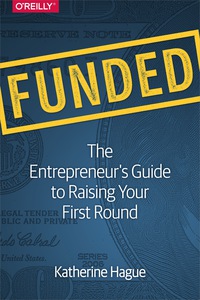Question
1) In year 1, Gardner used funds earmarked for use in Gardner's business to make a personal loan to Carson. In year 3, Carson declared
1) In year 1, Gardner used funds earmarked for use in Gardner's business to make a personal loan to Carson. In year 3, Carson declared bankruptcy, having paid off only $500 of the loan at that time. In year 1, Gardner purchased equipment for use in Gardner's business. In year 3, Gardner sold the equipment at a $5,000 loss. In January, year 3, Gardner received shares of stock as a gift from Smith; the shares had been purchased by Smith in year 1. In November, year 3, Gardner sold the property for a $5,000 gain.
Which of the above transactions will Gardner report as long-term capital gains or losses for year 3?
A.Both the sale of equipment and the sale of shares.
B.The sale of equipment
C.Write-off of uncollectible personal loan
DThe sale of shares
2) A great-grandparent sold equipment with an adjusted basis of $20,000 to their great-grandchild for its fair market value of $15,000. The great-grandchild sold the equipment to an unrelated party for $17,000. What are the great-grandchild's realized and recognized gains (losses) upon selling the equipment to the unrelated party?
| Realized gain (loss) | Recognized gain (loss) |
| A) ($3,000) | ($3,000) |
| B) $2,000 | $0 |
| C) $0 | $0 |
| D) $2,000 | $2,000 |
Step by Step Solution
There are 3 Steps involved in it
Step: 1

Get Instant Access to Expert-Tailored Solutions
See step-by-step solutions with expert insights and AI powered tools for academic success
Step: 2

Step: 3

Ace Your Homework with AI
Get the answers you need in no time with our AI-driven, step-by-step assistance
Get Started


